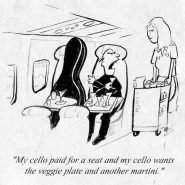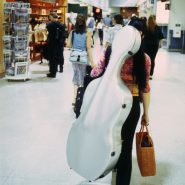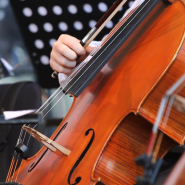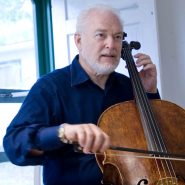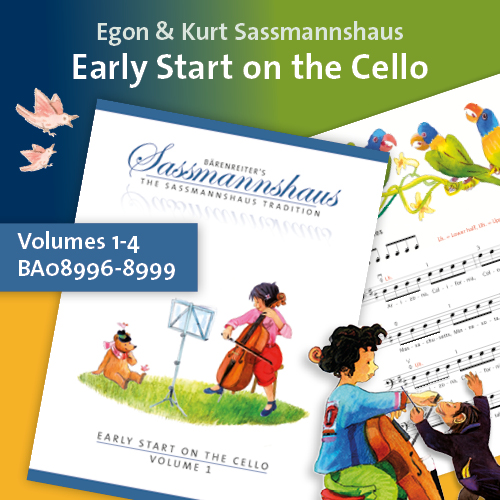Tag: cellobello
By Blogmaster September 1, 2012
Subjects Travel
Tags air, carry-on, cello, cellobello, FAA, FAA passenger bill of rights, flying with a cello, flying with instruments, height restrictions, Katz, media, musical instruments, musicians, news, passenger rights, Paul, purchasing extra seats, regulations, restrictions, safety, size, space, stowage, transportation, Travel, weight, weight restrictions, WestJet
By Blogmaster August 29, 2012
Subjects Travel
Tags airlines, baggage, bill of rights, carry-on, carry-on baggage, cello, cello case, cellobello, extra airline seats, FAA, flying, flying with cello, flying with instruments, Katz, media, musical instruments, news, NPR, passenger rights, Paul, regulations, restrictions, safety, size, space, stowage, transportation, Travel, weight, weight restrictions, WestJet
By Blogmaster August 29, 2012
By Blogmaster August 28, 2012
Subjects Travel
Tags airlines, carry-on baggage, cello, cellobello, checked baggage, extra airline seats, FAA, flying, flying with a cello, flying with instruments, Instruments, Katz, media, musical instruments, news, Paul, restrictions, size, stowage, Travel, traveling with cello, traveling with instruments, weight, weight restrictions, WestJet
By Blogmaster August 27, 2012
Subjects Travel
Tags air, airlines, attention, cello, cellobello, checked baggage, extra airline seats, FAA, FAA passenger bill of rights, flying, flying with cello, flying with instruments, instrument restrictions, instruments on flights, Katz, media, news, Paul, restrictions, safety, stowage, Travel, traveling with cello, traveling with instruments, WestJet
By Paul Katz August 22, 2012
Subjects Travel
Tags air, airlines, baggage, cello, cellobello, FAA, FAA passenger bill of rights, flying, flying with cello, flying with instruments, instrument restrictions, instruments on flights, Katz, media, news, nightmare, Paul, stowage, Travel, traveling with cello, traveling with instruments, weight restrictions, WestJet
By Selma Gokcen July 15, 2012
Subjects Playing Healthy
By Selma Gokcen June 15, 2012
Subjects Playing Healthy
By Aliza Stewart May 31, 2012
Subjects Playing Healthy
By Aliza Stewart May 18, 2012
By Selma Gokcen May 7, 2012
Subjects Playing Healthy
By Brant Taylor May 2, 2012
Tags artistry, Auditions, Brahms, Brant, cello, cellobello, color, control, dynamics, Excerpts, exploration, fingerings, goals, inflection, legato, nuance, shifting, success, Taylor, tempo, understanding
By Mickey Katz April 26, 2012
Subjects Artistic Vision, Orchestra
By Selma Gokcen April 23, 2012
Subjects Playing Healthy
Tags Alexander Technique, anxiety, body, Casals, cello, cellobello, expression, Gokcen, movement, music, musicians, power, quietness, Selma, Spine
